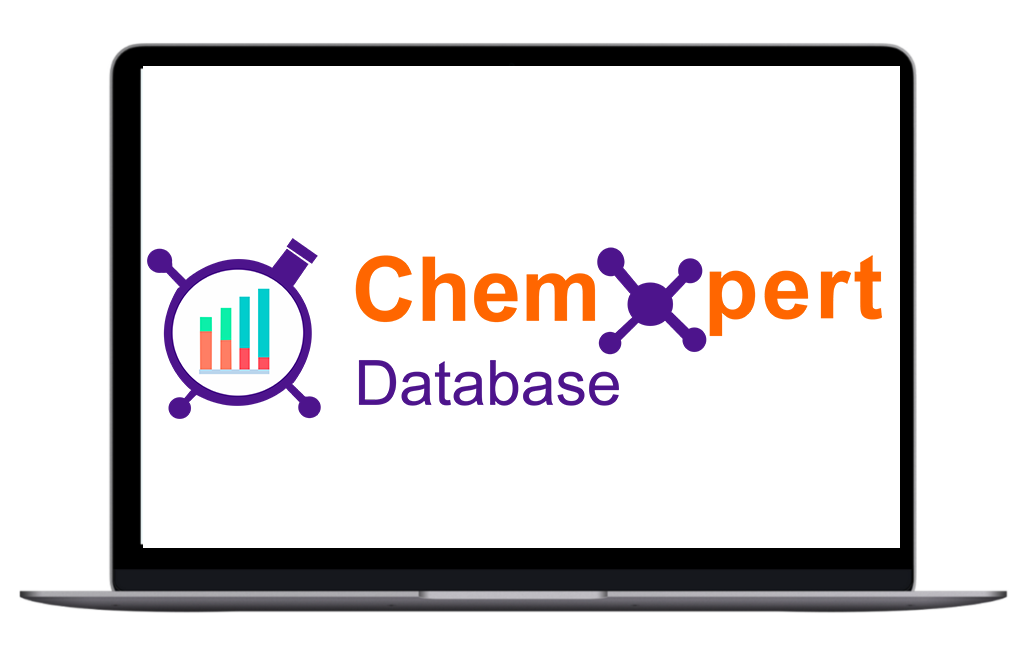
India, as a growing economic and medical hub, has a clear legal structure regulating the distribution and sale of both human and veterinary drugs with an aim to protecting people’s health and the quality of the products on the market. In this blog, explore the authority, its working and the issues it may encounter in the dynamic nature of drug regulation.
The Central Drugs Standard Control Organization (CDSCO) is the largest drugs standard control Organization of India to regulate the sale, manufacture, distribution and export of drugs & medical gears. It falls under the Ministry of Health and Family Welfare and is very important in addressing issues to do with safety, quality and efficacy of all the drugs and medical devices used in the country.
1. Drug Approval and Licensing: CDSCO grants the permission regarding manufacturing of the drugs / medical devices and for sale also. This encompasses assessment of efficacy-safety of new drugs, scrutiny of clinical data and conformity to set regulations.
2. Quality Control: In this organization, the quality control is checked and monitored and the drugs produced must have the right specification in terms of the purity, strength, quality and other standards. This includes physical assessments on production facilities and tests carried out in a laboratory.
3. Regulation of Clinical Trials: CDSCO oversees clinical trials that take place in India in order to guarantee that both the process as well as the results are purely ethical and compliance with regulations.
4. Drug Import and Export: It makes sure that products imported into India conform to required standard of the country and regulates the exportation of Indian drugs to the global market.
5. Pharmacovigilance: Pharmacovigilance is executed by the CDSCO in the post marketing phase to continuously check for the safety of the drugs. This ranges from the use of adverse drug reaction (ADR) reports and acting on these reports in the reduction of risks.
6. Regulatory Compliance: The authority ensures that the users stick with the law involved in the Drugs and Cosmetics Act, 1940, and the Drugs and Cosmetics Rules, 1945.
CDSCO is headed by the central office situated in New Delhi, yet it has the assistance of a number of regional drug control offices. The organization is under the leadership of Drugs Controller General of India (DCGI) who is the main administrator and trip advisor of the body.
India has its own CDSCO besides each state has its own State Drug Control Organization. These are the state-level agencies that supplement CDSCO in the process of drug regulations and policies at the state level in compliance with the national guidelines.
India’s drug regulation is governed by several key legislations and rules:
The regulation of drugs in India depends on the CDSCO and state-level drug control departments approvals for the safety and quality of the pharmaceutical and medical devices. Contemporary changes and activities focus on continuing improvements to the powers of regulation and the effectiveness of measures taken within the framework of public health. Our country’s drug regulating bodies are fully aware of the challenges that accompany the advanced growth of the pharmaceutical industry and fully dedicated to the safety of the Indian population.

Sick and tired of always wondering if you are being asked to pay the right price for your APIs? This empowers you with the answers you need to make the right decisions in the Global API market.
Chemxpert Database is one of the biggest and most comprehensive directories of pharma and chemicals, manufacturers, suppliers and information. Provided with current information on prices, demand and transactions, it gives you instant feedback on whether you are buying what is right and at the right time.
Start using market intelligence today and allow yourself to be in control in the API market.
Check it out today and make more informed sourcing decisions! Learn More!